
Whilst their Polish allies were being routed in the east, the French, like the British, did little in the west. In September 1939, there was the so-called Sarre Offensive, the only French offensive of the entire war. Ten French divisions advanced five miles, but they did not even attempt to penetrate the Siegfried Line, at that stage still unfinished. By the end of September, the offensive had largely petered out. With Poland having capitulated and German strength in the west growing rapidly, the French High Command, fearful of a German counter-attack, gave the order for a withdrawal back behind the Maginot Line.

One commentator of the time is reputed to have said, 'After the prologue of the phoney offensive we were ripe for the phoney war!' Thereafter, the war in the west settled down to an apathetic standoff, being largely restricted to patrol activity between the lines, air reconnaissance and the dropping of propaganda leaflets by both sides. The land component of the British Expeditionary Force (BEF) began arriving in their assigned sectors from October onwards. They were immediately set to work digging in on the Belgian frontier, in an effort to extend the fortified line north of the main Maginot Line defences.
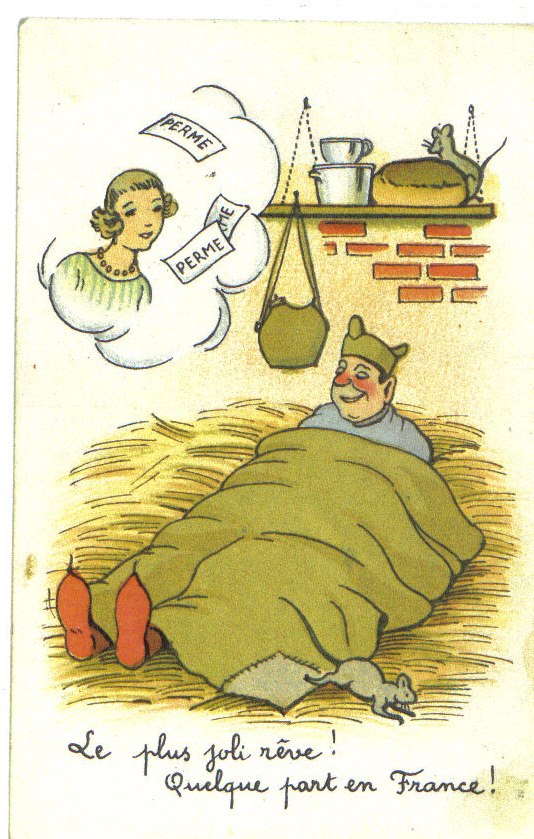
Life at the front was dreary and drab. Badly paid, leave became an obsession for the French soldier and was mainly used to make a little money on the side. The winter of 1939-40 was the coldest for half a century. As winter wore on, French morale sank, discipline deteriorated and drunkenness became rife. Special rooms were set up in railway stations to allow troops to sober up before re-joining their units.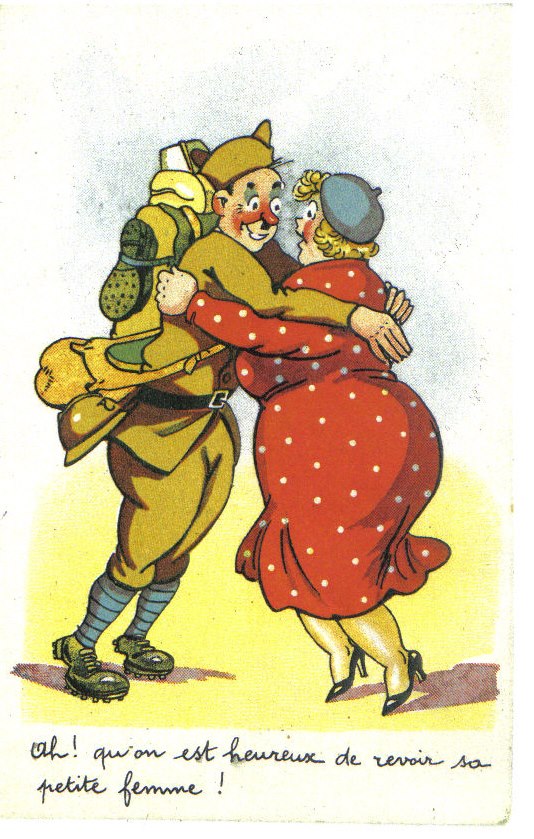
Part of the French malaise was due to the weak leadership of senior officers and of the Allied Commander in Chief, Maurice Gamelin. Gamelin rarely set foot outside his Vincennes headquarters; inexplicably, this headquarters had no radio communication and was not linked to any teleprinter in the field. Instead, on the hour, messages were sent via motorcycle despatch rider to the front.
Gamelin and his strategists anticipated that once winter had passed, the Germans would look to go on the offensive, using a repeat, or a variation of the German 1914 Schlieffen plan. This involved a violation of Belgian (and in all probability, Dutch) neutrality and a rapid sweep through Belgium and into France, to eventually encircle Paris. It was felt that the dual factors of the strength of the Maginot Line and the natural barrier of the Ardennes Forest dictated such a plan. To counter such a German offensive, Gamelin had the equivalent of 102 divisions, including 10 of the BEF. Thirty seven divisions manned the Maginot Line, nine the Swiss frontier, with a further 17 forming a strategic reserve. This left thirty nine divisions, the best, including the whole BEF, to advance well into Belgium to link up with its new Belgian and Dutch allies. The intention was to take up prepared positions along the axis of the city of Breda (southern Netherlands), the River Dyle and River Meuse to meet any German threat head-on. However, the weakness in this plan was that the pivot of the Allied front lay around the Ardennes region. Believing that this was poor tank country, Gamelin chose to defend this region with General Corap's Ninth Army, which contained nine of his weakest and most poorly-equipped divisions.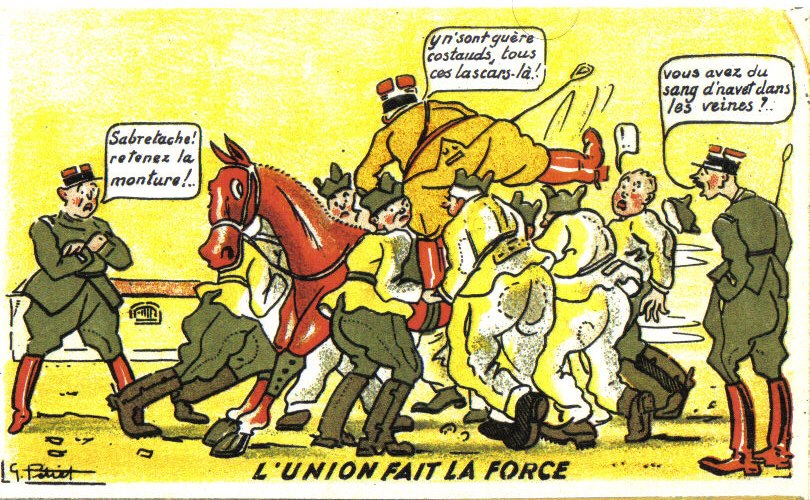
By way of distraction, on the 9th April 1940, the Germans over-ran Denmark and landed in force in Norway. British and French land forces sent to aid Norway were, after a short campaign, outmanoeuvred and forced out of their bridgeheads in Narvik, Aandalsnes and Namsos.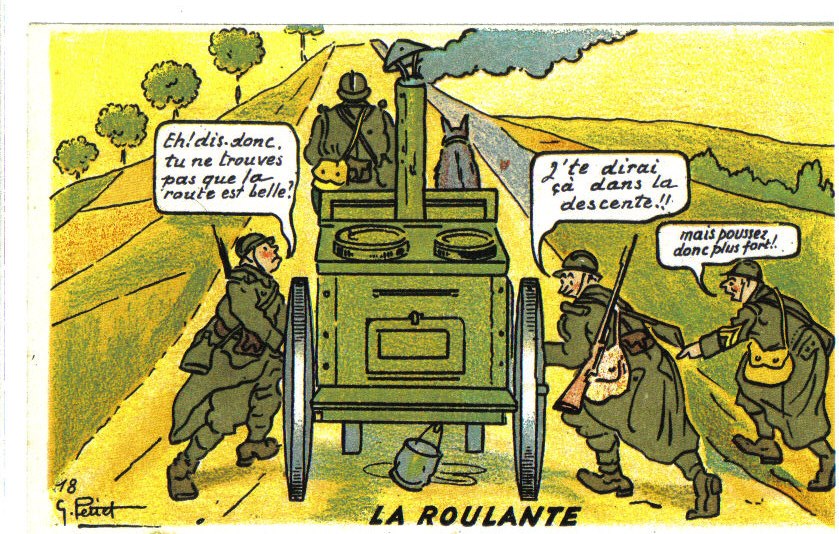
By May 1940, reports coming from intelligence sources in Berlin indicated that the German offensive would commence on the 10th of May. In addition, in the days leading up to May the 10th, numerous specific reports were coming in of large scale German troop movements in areas immediately behind the Ardennes Forest. Gamelin and his staff did not act on these reports, preferring to await developments. Their waiting was almost over.

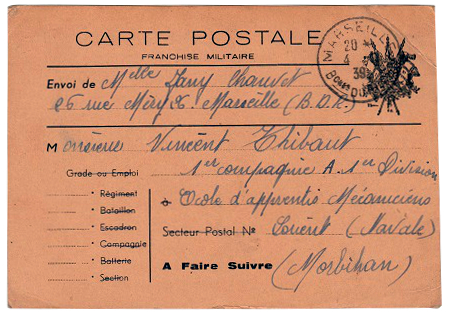
French Military postcard dated 4th November 1939 from the Phoney War period.
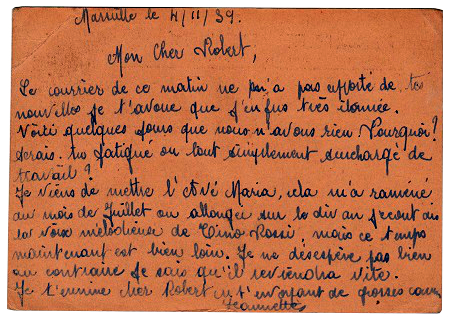
To discover the Maginot Art click here.
For the Corps Franc click here.
For an example of French walking out kit click here.
To read about the first German aircraft shot down over mainland Britian, click here.
To read about the German Westwall, click here.
To read about the Dunbar Castle, please click here.
To view a British Army Hay Box, click here.
To learn about propaganda leaflets, click here.
